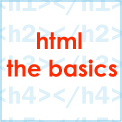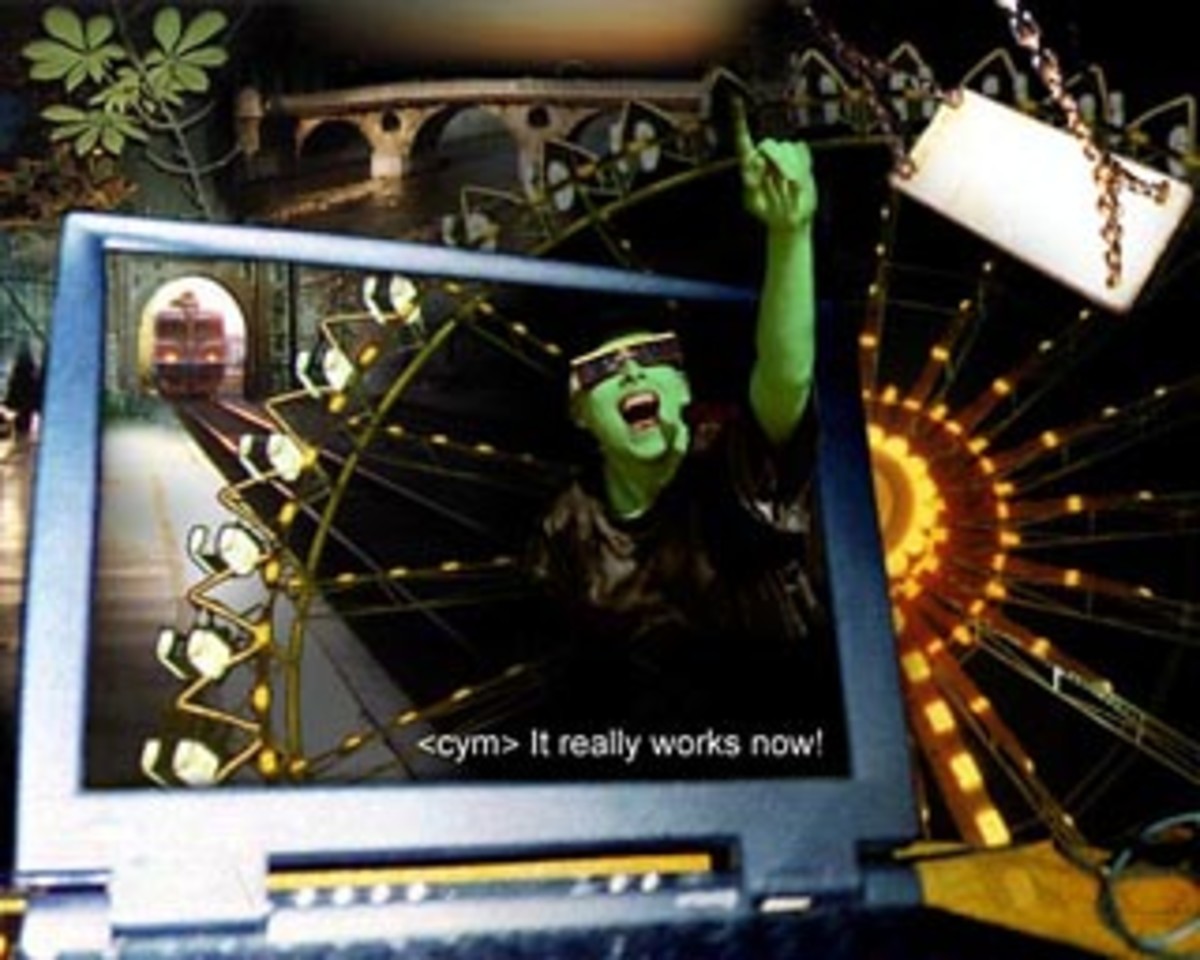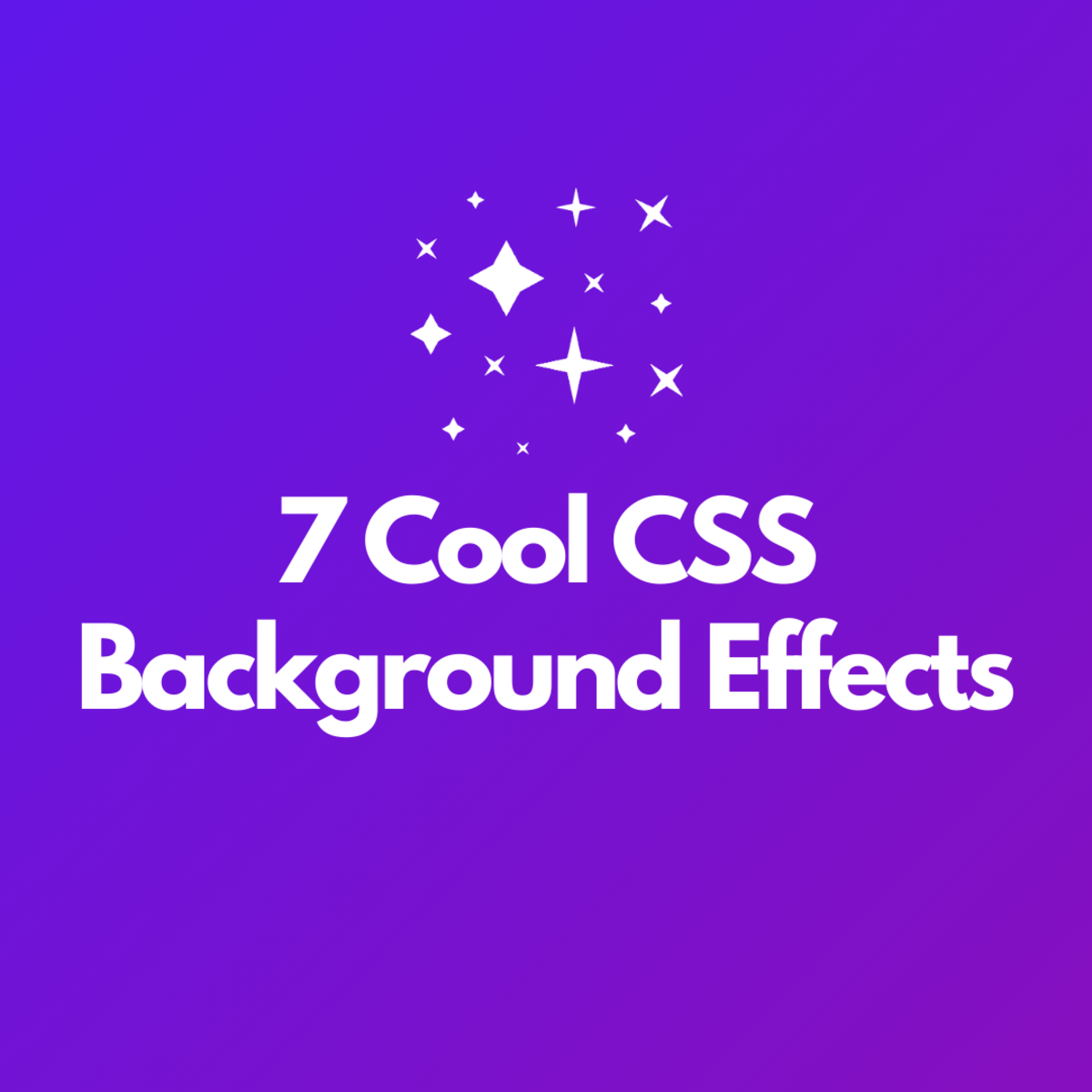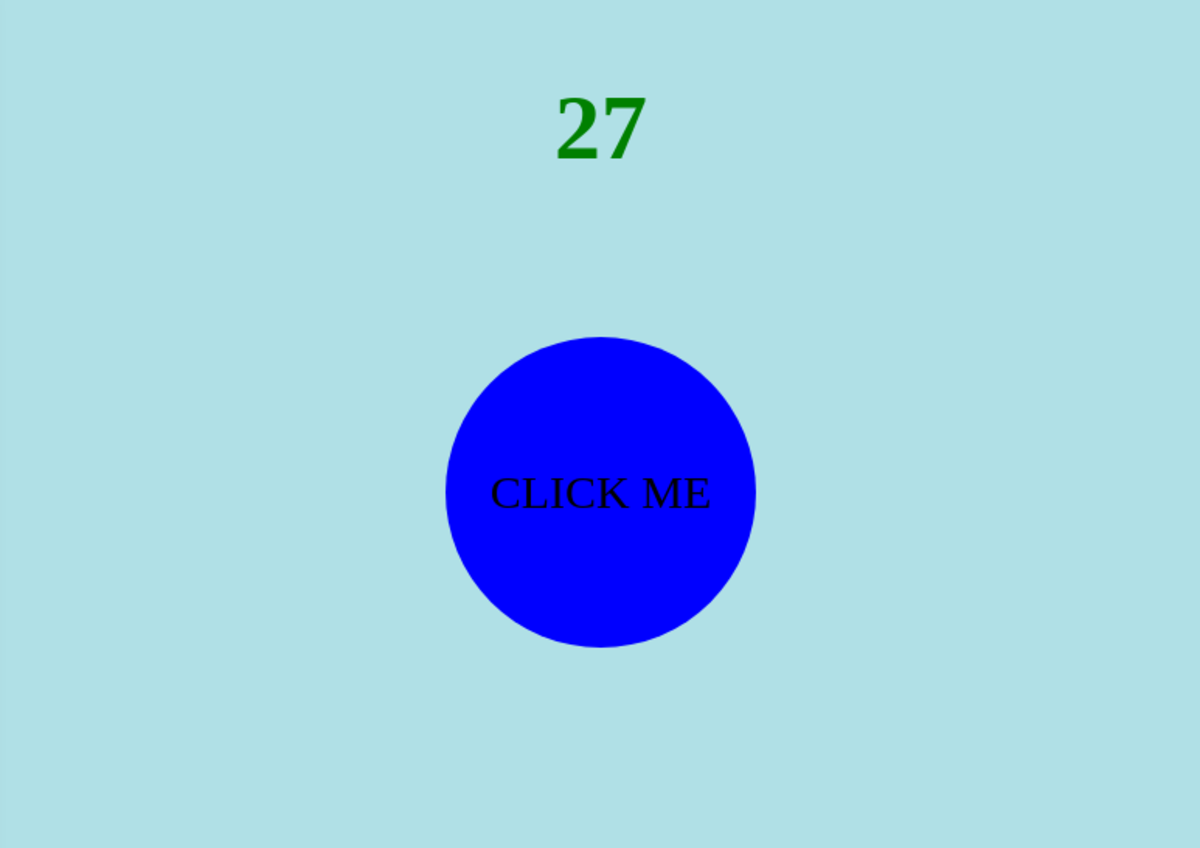HTML Tips and Samples for Beginners - introduction

Have you ever wondered how a web page is being created like the pages here on hubpages? You don’t need to be a professional computer programmer to create a new one. Let me introduce you to some basic tips about HTML programming and I’ll show you examples and screenshots to better understand them. I’ll cover them in more than one hubpages so check them out also.
What is HTML?
HTML stands for Hypertext Markup Language. It is the most widely used and popular web markup language to create web pages, also called HTML documents. Web pages can contain many different kinds of content like text, graphics, forms, audio files, video files, or even interactive games. Actually, they are just text documents with instructions how your page should look and behave.
HTML Editors
You can create and edit an HTML document in any application that creates plain text like Notepad. There are other editors I’ve tried like Netscape Composer, Programmer’s File Editor (PFE), Adobe Pagemill, Hotdog Pro, Microsoft Frontpage, and Macromedia Dreamweaver MX or Macromedia Dreamweaver 8.
How do you display your web page on the internet?
Web browsers were developed to read HTML instructions and display the resulting page like what you see on the internet. Popular web browsers are Internet Explorer, Netscape, Mozilla Firefox, Safari, and Google Chrome.
How do you make your web page visible to the world?
Web servers make that possible. A web server is a computer connected to the internet, with software installed to be able to respond to requests from web browsers. Any computer can be a web server but it is usually dedicated to the task. Your employer may already have a web server but for personal use for fun or for profit, you need to find a host for your pages. There are many web hosting companies out there like Yahoo, Google, Homestead, GoDaddy, and others which can provide your desired domain name (website name), unlimited disk space, email addresses, and some tools, software, and tips to help you build, maintain, drive traffic, optimize for search engines (SEO) like Yahoo, Google, MSN, AOL, and market/promote your website anywhere.
You’ll see HTML tutorial samples, tips, and tags on my next hubpages. Please check them out.









